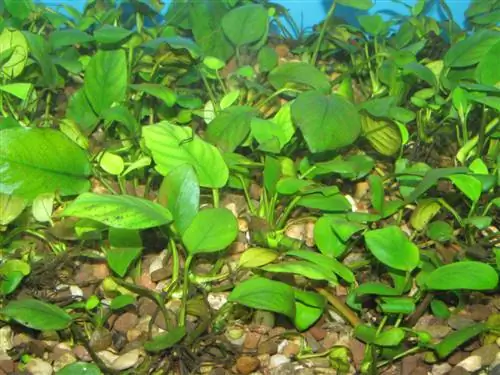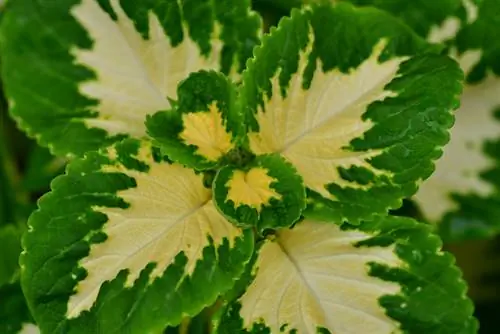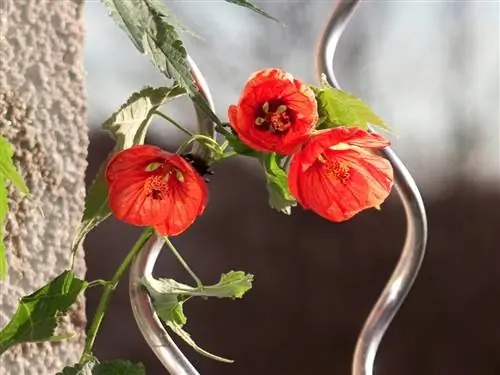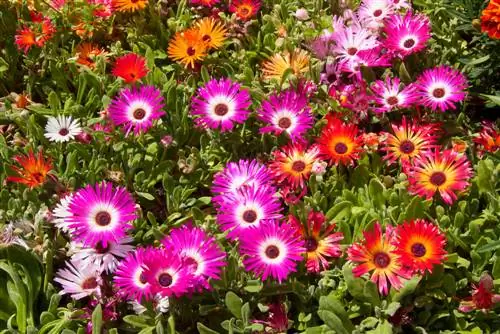- Author admin [email protected].
- Public 2023-12-16 16:46.
- Last modified 2025-01-23 11:22.
Plants are usually propagated by seeds or vegetatively. But does this also apply to the numerous species of Anubias? After all, they are particularly popular in this country as aquarium plants. As is well known, life under water is subject to different conditions.
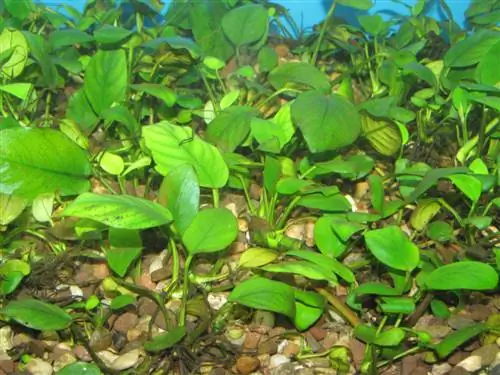
How can you successfully propagate Anubias?
Anubias can be propagated by seed propagation or vegetative propagation using rhizome division. However, seed propagation is lengthy and rarely successful. Rhizome division is the more common method in which the rhizome is cut into pieces and replanted.
Two propagation methods
In their origin, Anubias are not purely aquatic plants. The fact that we mainly cultivate them as such has to do with the fact that most of them can tolerate a wet existence. By nature, there are basically two ways of reproduction open to them:
- Propagation from seeds
- Vegetative propagation by rhizome division
To what extent both methods are suitable for propagation when cultivated in the aquarium will be discussed in more detail below.
Propagation from seeds
Propagation from seeds is possible if they are available. But here lies the main problem with this type of propagation.
- not all species are self-pollinators
- some species also rarely bloom
- the seed only ripens when the flower emerges from water
- Making time can be up to 100 days
- seeds of some species cannot be obtained in culture
Disadvantages of seed propagation
Even if you have germinable seeds, you can expect a lengthy propagation process. Further growth is so slow that this type of propagation is only for people with the patience of an angel. After a few months, the seedlings are just a few centimeters tall.
Vegetative propagation
Vegetative propagation is common practice. In the Anubais it occurs through the division of the rhizomes. Here each species is slightly different. Some species form lateral rhizomes that can be separated. Other species, on the other hand, hardly form any. But you can cut the existing rhizome into pieces if it is already big enough.
- examine the rhizome in more detail
- identify suitable interfaces
- Ideal is when 2-3 leaves remain on sections
Don't expect miracles with this type of propagation either. The rhizome pieces usually root reliably and sprout new leaves soon afterwards. But further growth only progresses at a snail's pace compared to other plants.
Tip
To cut the rhizomes, only use a sharp and previously disinfected knife. It should have a smooth blade.

